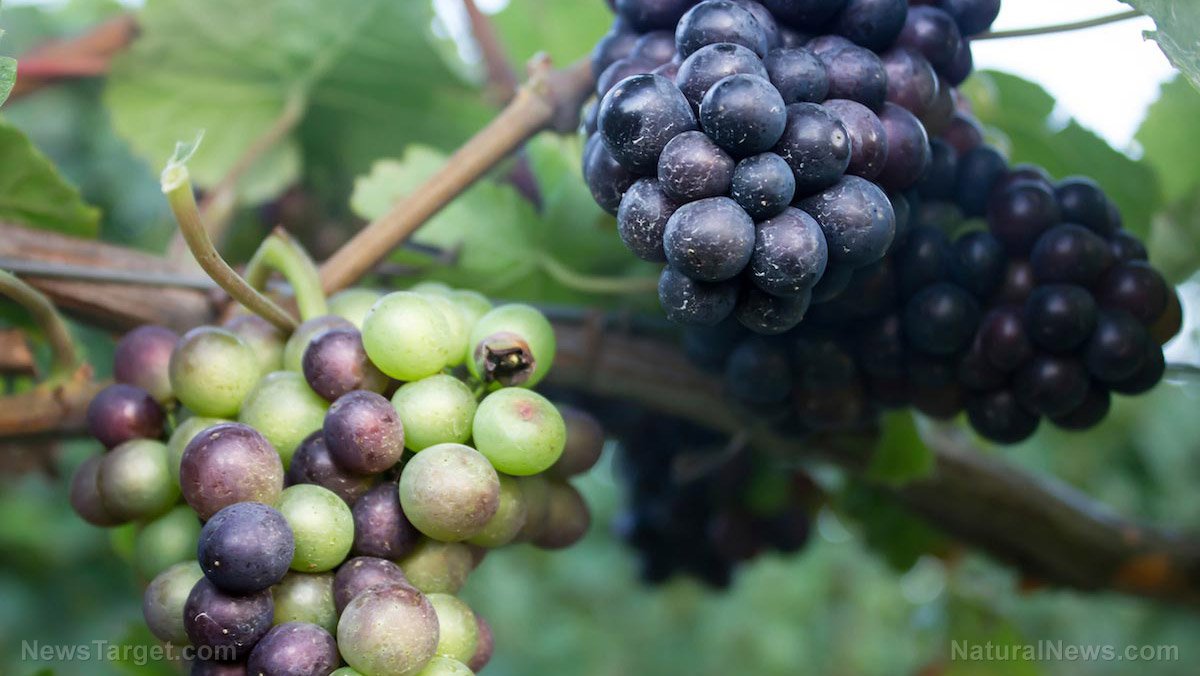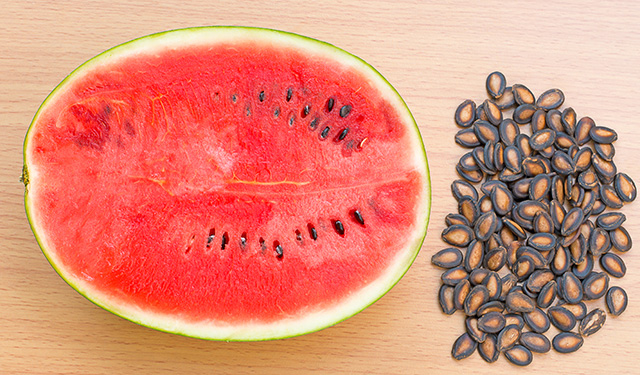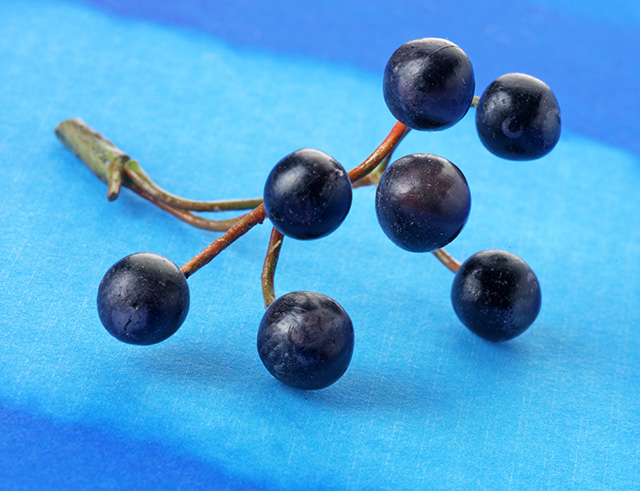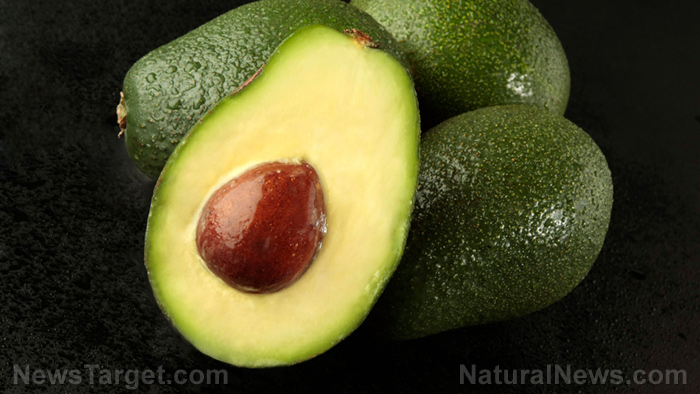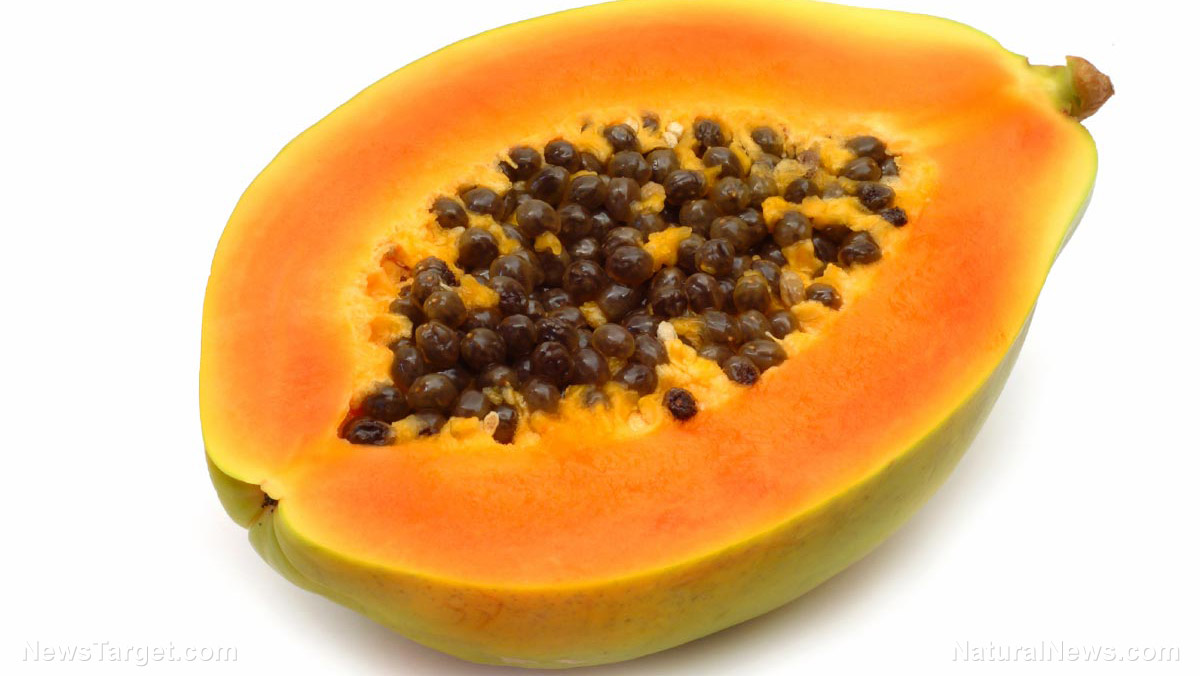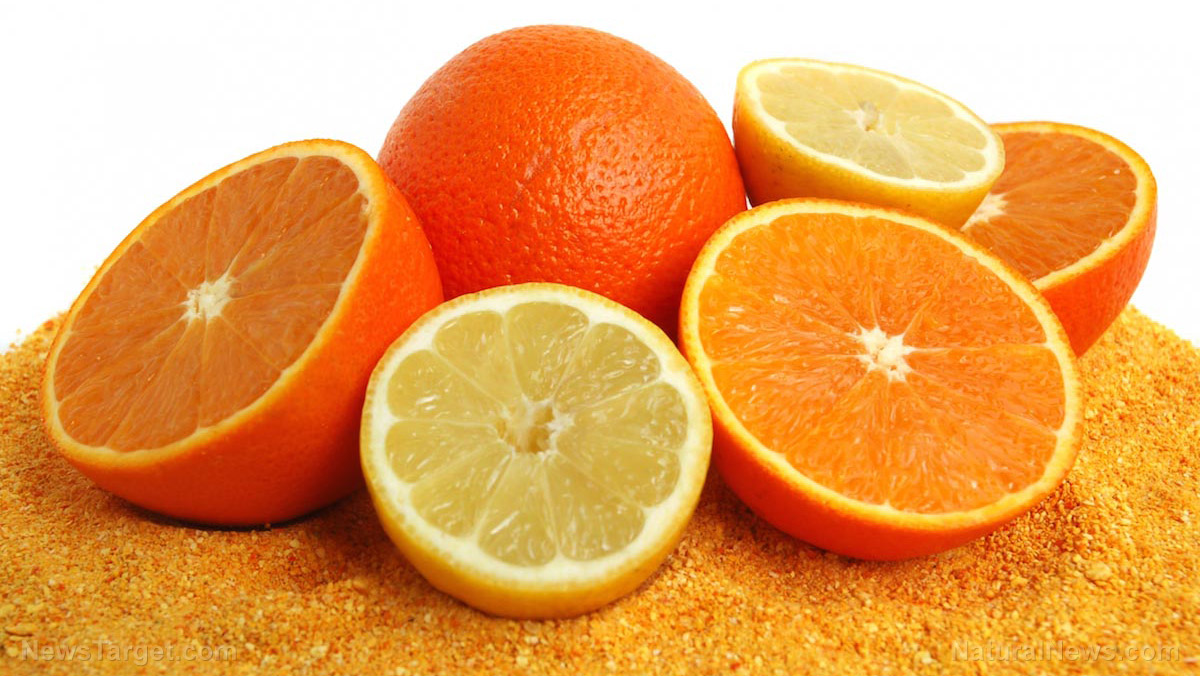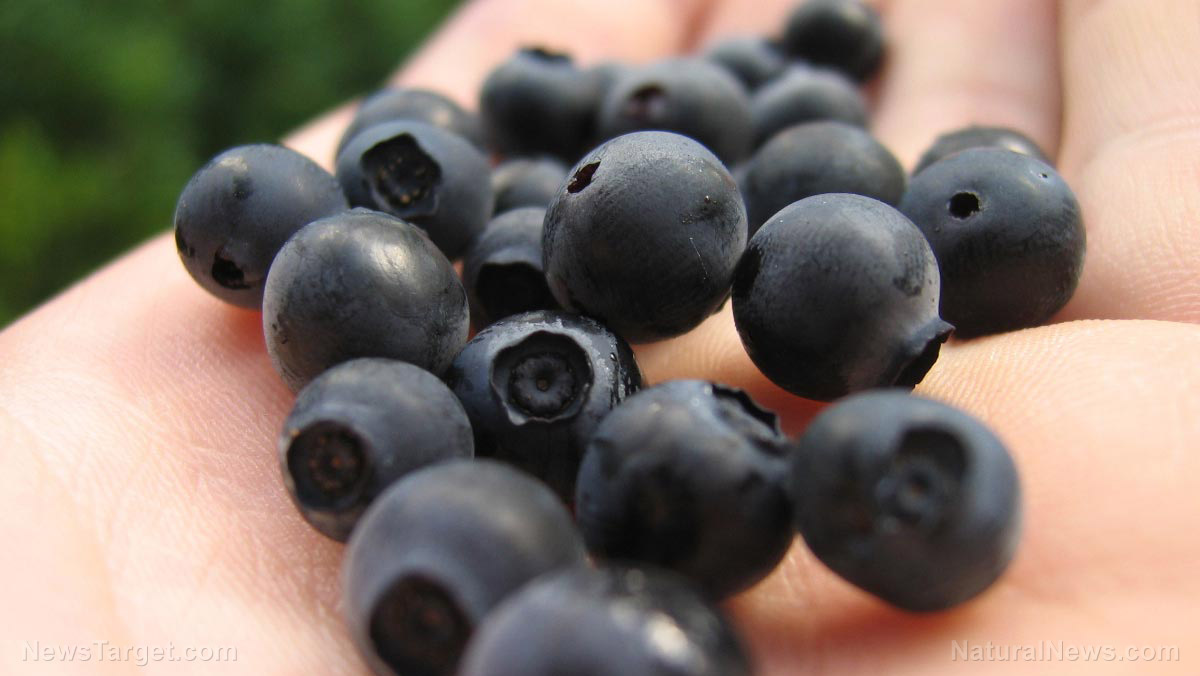- A-type proanthocyanidins
- Biotin
- Copper
- Cyanidins
- Fiber
- Folate
- Iodine
- Iron
- Kaempferol
- Magnesium
- Manganese
- Myricetin
- Myricetin
- Peonidin
- Phosphorus
- Quercetin
- Selenium
- Sodium
- Tannins
- Ursolic acid
- Vitamin A
- Vitamin B complex
- Vitamin C
- Vitamin E
- Vitamin K
- Zinc
Cranberries – sources, health benefits, nutrients, uses and constituents at NaturalPedia.com
06/21/2017 / By Earl Garcia
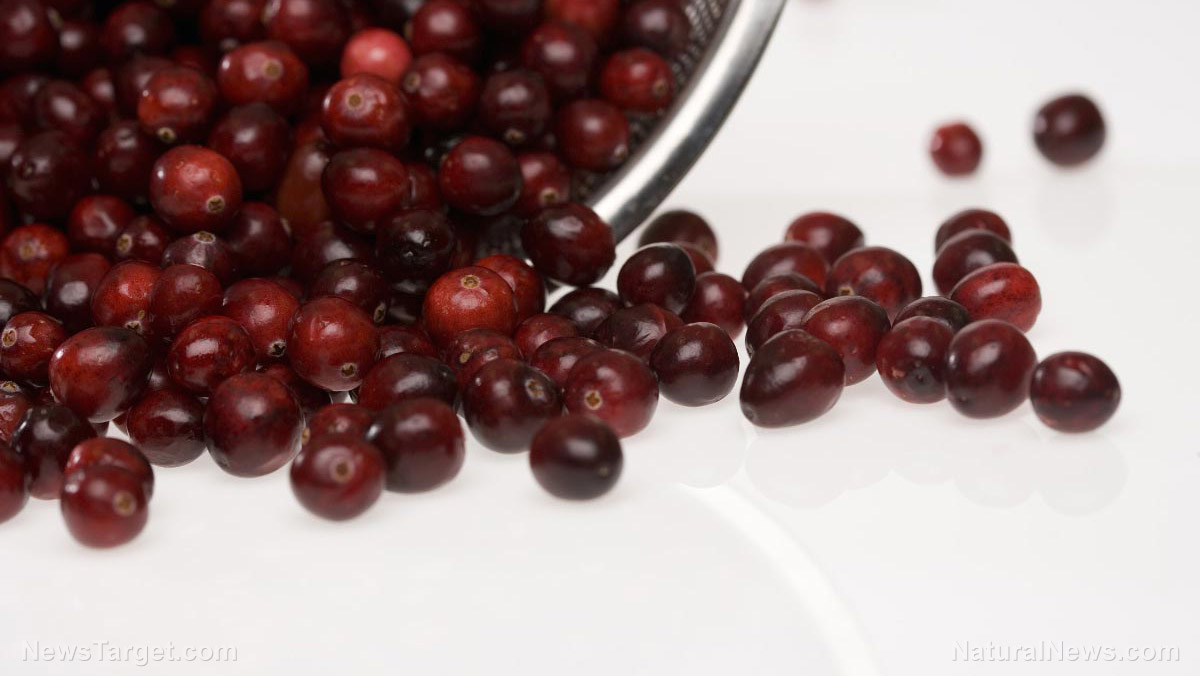
A popular Thanksgiving staple, cranberries are nutritious berries that belong to the heather family that includes blueberries, bilberries, and lingonberries. According to AuthorityNutrition.com, cranberries contain a very sharp and sour taste, and are often consumed in juice form that is normally sweetened. The North American cranberry is the most commonly cultivated species of the berry.
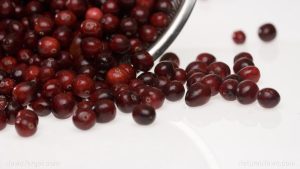
List of known nutrients
Cranberries are known for their high nutrient content, which WHFoods.com effectively covered in a list. Below are the essential nutrients found in cranberries:
Medicinal uses for cranberries
Cranberries are best known to treat urinary tract infection (UTI). The fruit contains proanthocyanidins that have anti-clinging properties, which inhibit bacteria from binding itself to the bladder’s cellular walls. The compound prevents the bacteria from multiplying. The proanthocyanidins in cranberries are also touted to effectively eliminate bacteria through urination. Several studies have shown that regular consumption of cranberry juice may prevent recurrent UTIs in pregnant and older women. However, experts noted that cranberries should not be used as substitute to antibiotics for acute UTI.
Cranberries are also known to contain high levels of polyphenolic compounds that prevent the development of tumors. Cranberries are rich in salicylic acid that reduces swelling, inhibits blood clots, and eliminates tumors. The fruit is touted to prevent the onset and spread of lung, breast, colon, prostate, and other cancerous tumors. The high proanthocyanidin content in cranberries are also found to mitigate the growth of various cancer cells.
In addition, the fruit is packed with flavonoids that reduce the odds of developing atherosclerosis. The high polyphenol content in cranberries are found to lower the risk of cardiovascular disease. Cranberry juice can inhibit certain strains of Haemophilus influenza, which triggers ear and respiratory infections in children. Cranberries are also noted for having anti-inflammatory effects that maintain lung health and keep influenza virus at bay. The fruit is known to bolster the immune system, which effectively staves off common cough and colds.
Furthermore, cranberries are known to promote stronger bones, prevent kidney stones and peptic ulcers, and reduce the risk of scurvy. The proanthocyanidine in cranberries also prevent tooth decay by eliminating bacteria from the teeth. The fruit can prevent the onset of obesity.
Body systems supported by cranberries
The nutrient-packed fruit is known to greatly benefit the bladder, the heart, and the lungs. Cranberries also benefit the digestive system by preventing peptic ulcers and obesity. The fruit is also beneficial to the teeth, bones, and the immune system.
Ways to use cranberries
Cranberries’ tarty flavor is best incorporated in sauces, dips, and side dishes. The fruit is also a staple in juices and smoothies. Cranberries can also be used in baked goods, meat recipes and other desserts.
Where to learn more
- Cranberries are natural antibiotic, source of antioxidants
- Cranberries show remarkable health benefits in studies
- Eating cranberries could help defeat cancer
- Science proves that cranberries stop urinary tract infections, but it’s still illegal to say so
- Tis the season for Raw Cranberries – Relish the benefits
Summary
Cranberries prevent UTI, cancer, and heart disease.
Cranberries also prevent obesity, respiratory disorders, and vitamin C deficiency.
The fruit staves off kidney stones, peptic ulcers, and tooth decay.
Cranberries support the bladder, the heart, and the lungs
The fruit also supports the digestive system, the teeth, bones and the immune system.
Sources include
Tagged Under: Cranberries


